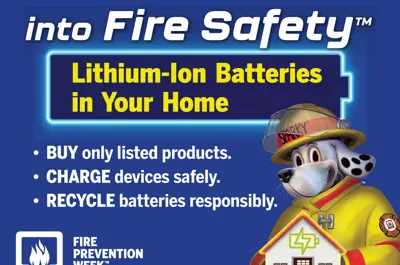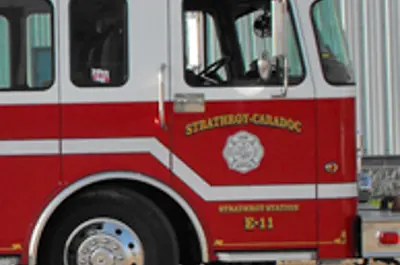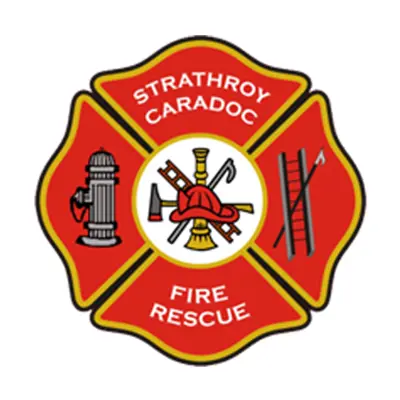Not only do smoke and carbon monoxide alarms save lives, they are required by law!
- Maintain working smoke and carbon monoxide alarms on every storey of your home and outside all sleeping areas to have as much time to safely escape as possible. New construction requires alarms in every bedroom.
- Make sure alarms meet the needs of all family members, including those with sensory or physical disabilities. If you have questions about the different types of alarms, contact the Strathroy-Caradoc Fire Department.
- Test your alarms at least once a month by pushing the test button.
- Replace your alarms when they are 10 years old.
**Kidde Recalls Residential Smoke Alarms and Combination Smoke/CO Alarms (External Link)




